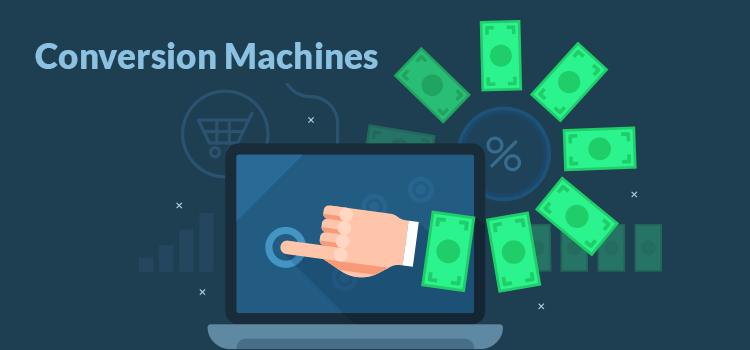Pay-per-click (PPC) campaigns are a great tool for generating leads and making sales. However, most Pay-Per-Click campaigns end up costing the marketer a lot of money without generating much in return because they’re improperly planned and executed.
The most important aspect of any Pay-Per-Click campaign is the conversion rate. MarketingSherpa estimates the average PPC conversion rate at 2.35%. If you want to get your conversion rate above this average number, you’ll have to do things differently.
For starters, you have to understand how much your current campaign is converting at. There’s a simple way to calculate this – divide your total conversions (leads, email signups, sales) by the total number of clicks generated by your campaign. Multiply the result by 100 to obtain a conversion percentage.
If your current campaigns aren’t converting well enough, use the following strategies.
1. Understand what you hope to achieve before you start.
Before you spend any money on a PPC campaign, you must first figure out what your goals for this campaign are. For example, you might decide you want to gather email addresses or sell a product via a certain campaign. Once you’ve established the purpose of the campaign, you can tweak the ads and keywords you use to fit in with this overall strategy. The resulting campaign will be more focused and convert better.
2. Test your ads constantly.
To ensure maximum conversions, you have to test each and every aspect of your ads. Think beyond normal A/B split tests. You have to analyze each and every aspect of your ad – photos, text color, font, button placement etc. tweaking little things in your ads can have a dramatic impact on the overall conversion rate.
3. Use the right landing page.
Landing pages can be a double-edged sword. If they’re configured improperly, your conversions will suffer. Ensure that you have all of the elements that improve conversion on your page – clean layouts, clearly visible buttons and a strong call-to-action.
There are several landing page templates available online. You can borrow elements from different pages to create the right fit for your product or service. Certain markets require longer landing pages while others do well with short pages. Make sure your copy addresses the most burning questions your audience has to ask. If you’re using images, make sure they are of high quality.
4. Track your campaigns meticulously.
To understand why your campaigns aren’t faring as well as they should, you need to measure every aspect of their progress. Use different tracking codes and metrics to understand where your clicks are coming from. Use the analytics tool on your preferred PPC platform to figure out how viewers interact with your ad. How many people visited your landing page after they saw your ad on Facebook/Google? How much time did they spend on your landing page? All of these metrics will give you a clearer picture of how your Pay-Per-Click campaigns are doing. The more information you have, the better tweaks you can make and the higher your conversion rates will be.
5. Special offers, promotions, and discounts.
Everyone loves a discount. People love finding a special discount code or promo offer. It gives them a reason to click on your ad. If you’re using these discounts, don’t make them just about the price. Leverage the low prices to drive customers towards other products and services that you have. This way, people will stick around for the long run.
PPC campaigns are a great tool for bolstering revenue, if you know what you’re doing. Irrespective of the ad network you are using, diligence and proper planning will guarantee higher conversions. Use the strategies listed above to ensure your Pay-Per-Click campaigns are firing on all cylinders.
